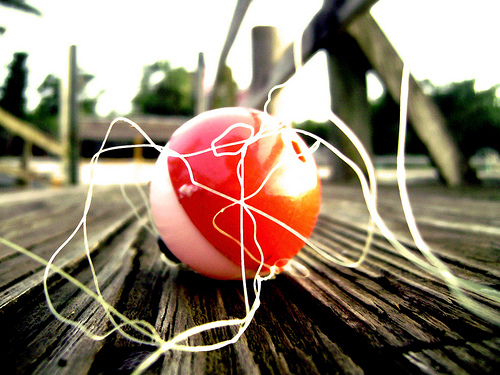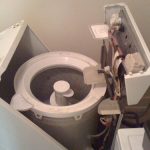Anyone who is into fishing will know how useful a fishing bobber can be. If the stuff sold in stores is too costly, you can use this guide to learn how to build a bobber.
Required Tools and Materials
Saw or knife
Swivel
Dowel
Varnish
Drill
Sand paper
Corn cob
Paint
Paintbrush
Step 1
Boil the corn as you usually would. After you eat the corn, wash it. Make sure all the butter and other chemicals are removed.
Step 2
Cut the other corn kernels using a knife. Remove as many as possible.
Step 3
Get the sand paper. Make sure that it is very rough. Use it to sand the other elements on the corn. Keep sanding until you get a smooth finish. There are many types of sanders available. You can use a
belt sander when you build a bobber for example.
Step 4
Chop the cob into chunks, each measuring 1 ½ inches. You can use a
knife, saw or other cutting utility. If the cutting knife produces rough edges, sand it off.
Step 5
Get the drill. Use it to make a hole in the middle of the cob. Make the hole about ¼ to ½ inches wide. The width will also depend on the cob size.
Step 6
Paint the cob. You can paint it so it is hard to see in the water. Or you can use bright colors. You can also add name initials, symbols or any other design you can think of. Make certain you use paint that will not easily chip. Do not use watercolor paints or acrylic.
Step 7
Make a hole at one end. Get a smooth stick or dowel. Put it in the hole you made. Connect a swivel on the dowel stick’s end using the fishing line. The bobber is now finished.
Tips and Warnings
Avoid using old corn cobs. They are fragile and will not last. Use only new cobs especially if you fish for extended periods. Since this is very easy to make, you should have several with you when you go fishing. If you have never used a bobber before, they are employed as aids to find lines. They can also be used to check for bites.
If you are going to build a bobber, make sure you use a sharp cutting tool. The corn can be hard to cut. Some even rely on saws to chop the corn into smaller pieces. If the saws rough the cob, have the sand paper close at hand.



